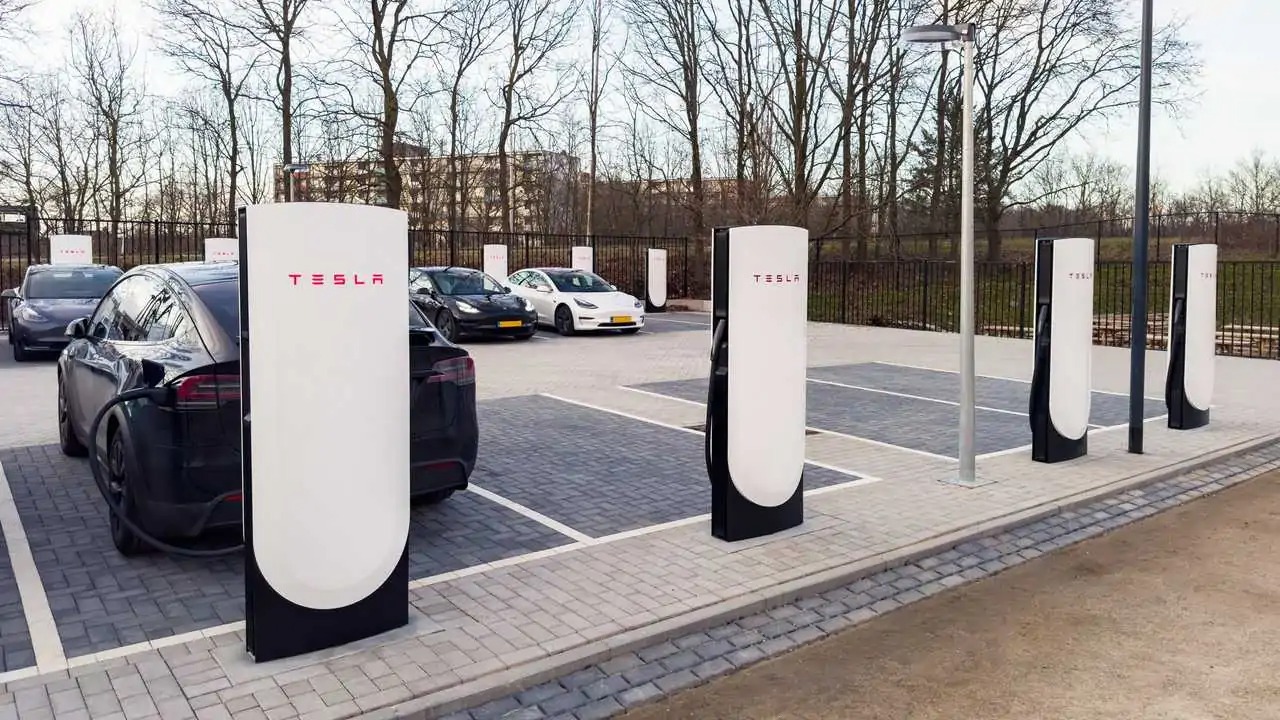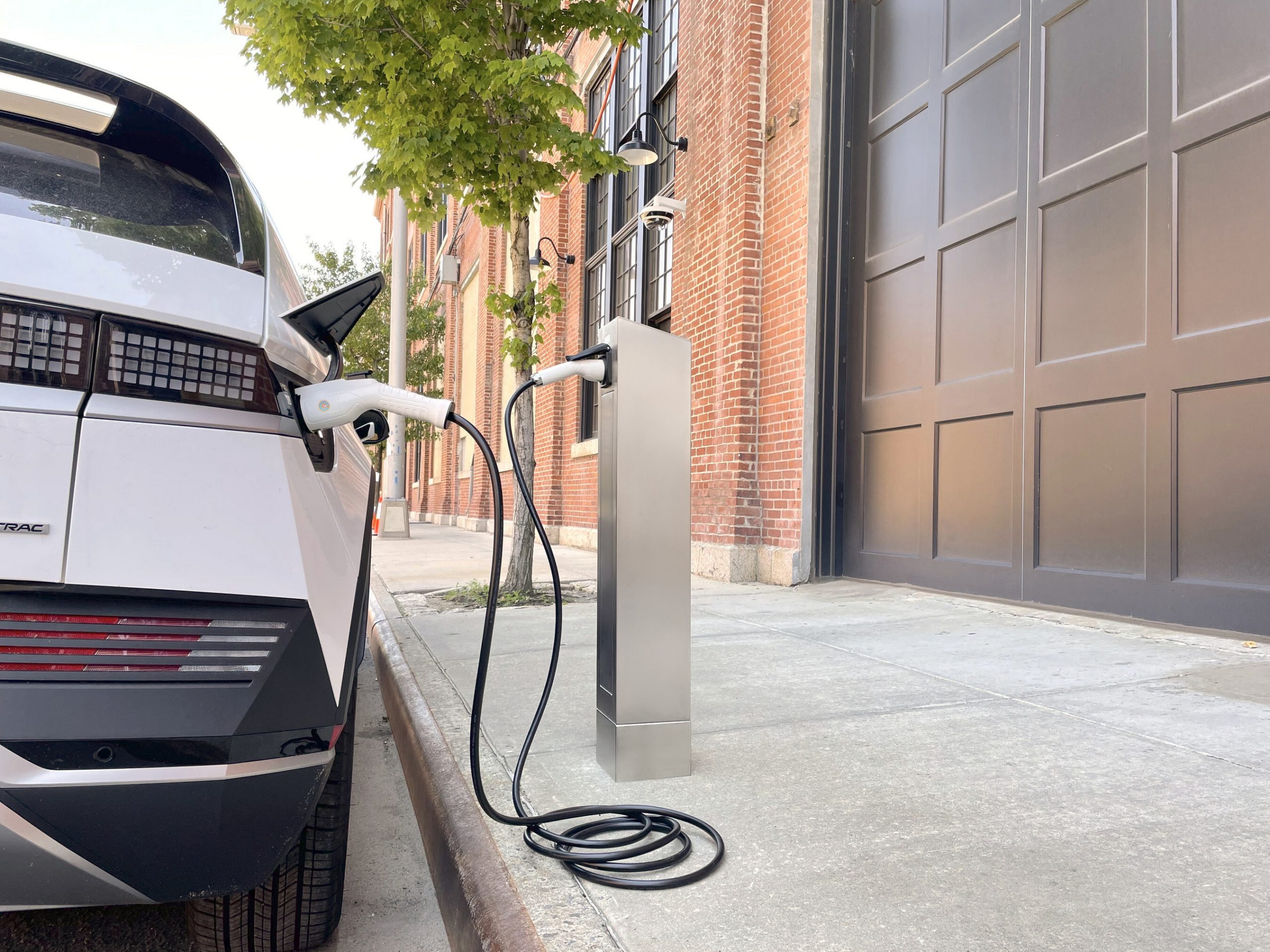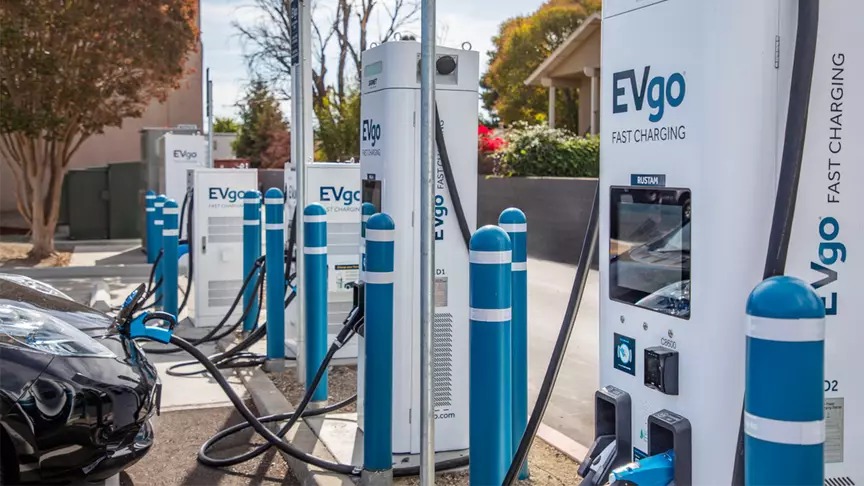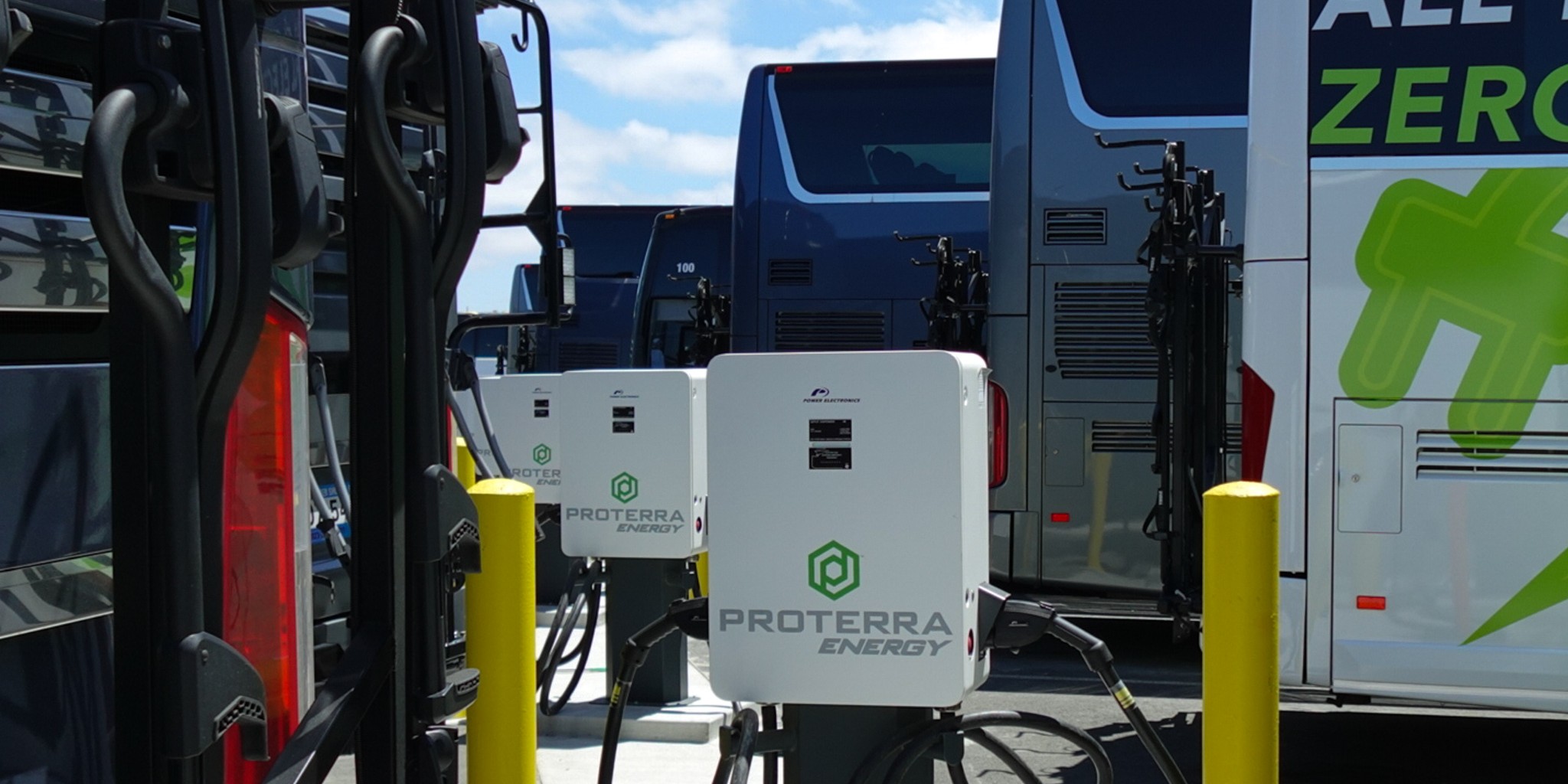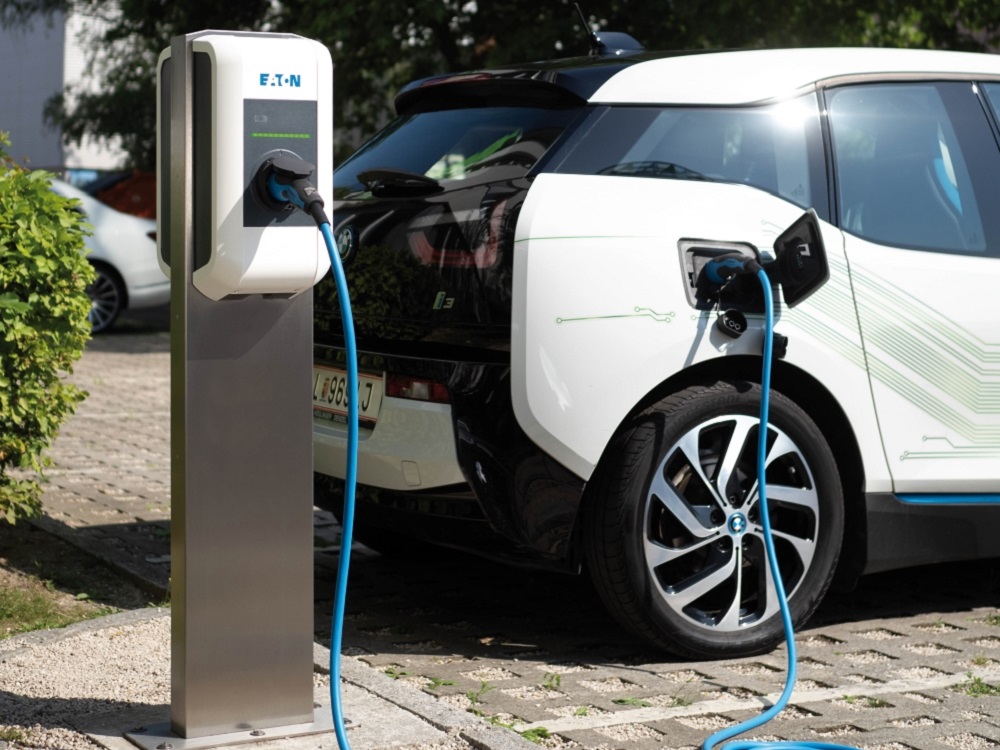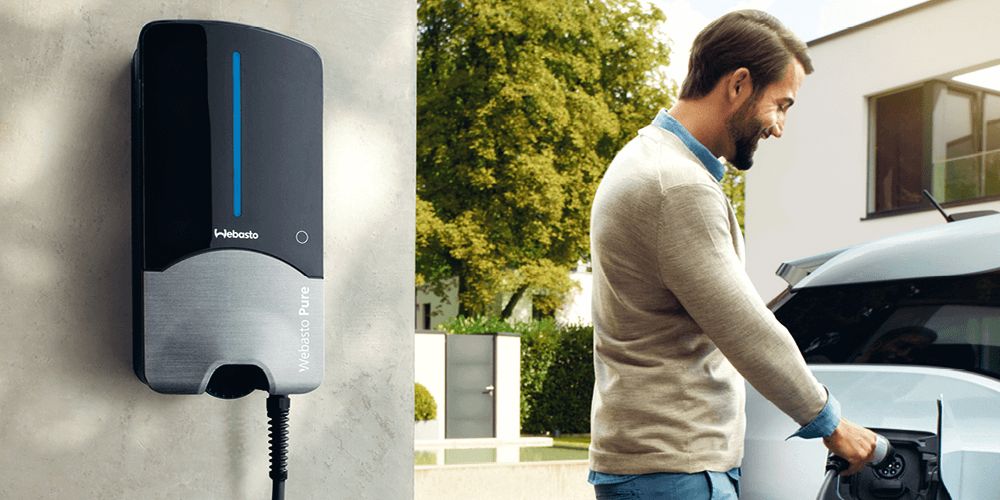In a significant development, Tesla has introduced its latest V4 Supercharger station, equipped with a credit card reader, marking the first time the company has incorporated such a feature. This move could potentially pave the way for state subsidies and incentives for Tesla’s charging infrastructure.
When Tesla initially launched its Supercharger network back in 2012, the service was entirely free for Tesla vehicle owners. However, the company later implemented charging fees exclusively for Tesla owners. At that time, Tesla managed all payment and charging session activations through an automatic handshake process between the vehicles and charging stations, facilitated by the Tesla mobile app.
However, the landscape has evolved considerably over the past decade. Tesla has decided to open its Supercharger network to non-Tesla electric vehicles, with its connector becoming the standard in North America. This shift, coupled with the increasing demand for payment systems on charging stations in various markets, has prompted Tesla to embrace the inclusion of payment infrastructure at its Supercharger stations.
This transition has not come without challenges. Initially, Tesla resisted implementing payment systems, but recent developments suggest a change of course. In an unexpected move, Tesla has chosen to forgo a substantial amount of California subsidy money, a rarity for the company. Specifically, Tesla withdrew its participation from the California Energy Commission’s Clean Transportation Program Rural Electric Vehicle Charging program, forfeiting the opportunity to secure $6 million in funding for four large Supercharger stations with 420 charge points. The reason behind this decision is Tesla’s reluctance to comply with the “payment infrastructure requirements” set forth by the program.
However, a breakthrough may be on the horizon. Tesla showcased its latest Supercharger V4 charging station at the Goodwood Festival of Speed in the UK, and keen observers noticed an intriguing addition beneath the connector. A card reader was visibly integrated, with an empty space above it, seemingly prepared to accommodate a screen.
Exclusive: We can reveal a new Tesla V4 Supercharger with contactless bank card area and space for a screen! Global debut at @fosgoodwood, never been shown before! Nice work @TeslaCharging / @Tesla / @elonmusk pic.twitter.com/7jIvVx1A3M
— Tesla Owners UK
(@TeslaOwnersUK) July 14, 2023
Although Tesla has already begun deploying its new Supercharger V4 stations in Europe, this new feature remained unreported until now. Tesla’s delay in introducing this payment system may be attributed to the inherent complexities and potential failure points associated with manual payment systems and displays. Such issues have historically plagued non-Tesla charging stations, contributing to their notorious unreliability.
While it appears that Tesla’s hand is being forced in markets where payment systems are mandatory, it remains to be seen if the company will implement this feature universally or selectively. Speculation suggests that Tesla may opt for a widespread deployment, potentially explaining the delayed rollout of the Supercharger V4 stations.
The industry eagerly awaits further updates to determine the scope of Tesla’s decision and the implications it may have for electric vehicle charging infrastructure as a whole.

